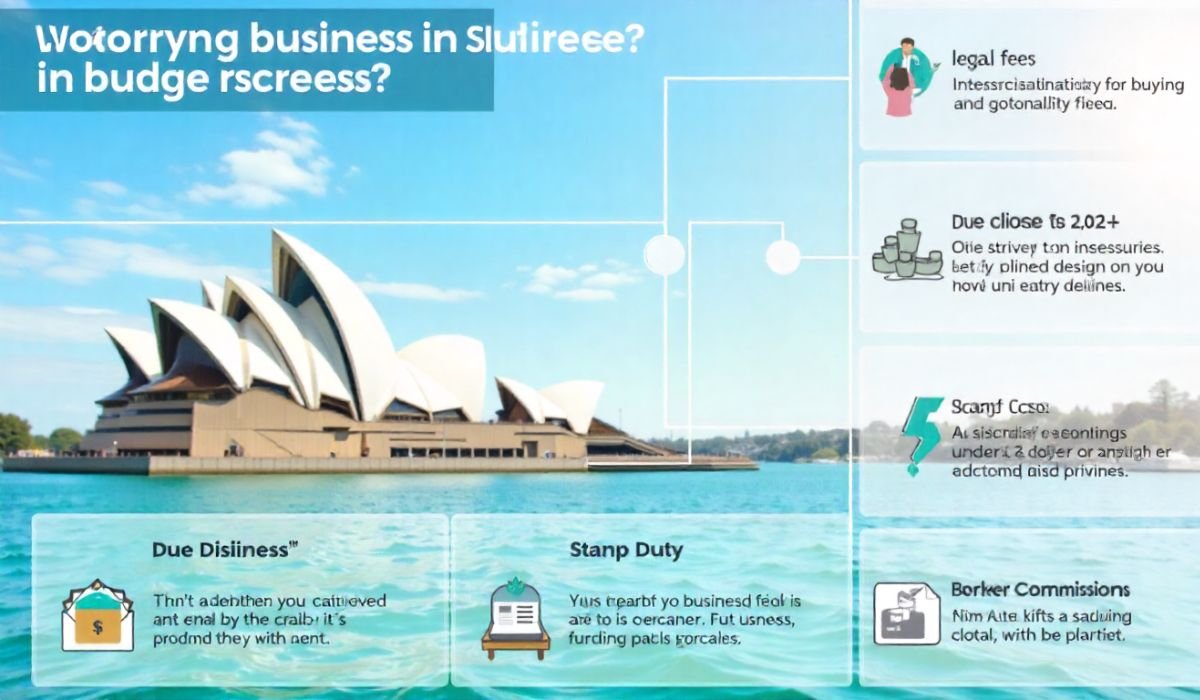Dealing with credit card debt can feel overwhelming, especially when multiple cards are involved. If you’ve ever found yourself juggling balances with varying interest rates, it can be tough to stay on top of payments. A solution that’s often overlooked, but incredibly effective, is a balance transfer. You might have heard of it before, but if you’re not sure how it works or why it could benefit you, you’re not alone. In this article, we’ll dive into the advantages of a balance transfer and why it could be the perfect tool for managing your credit card debt and saving money.
What Is a Balance Transfer?
At its core, a balance transfer involves moving your existing debt from one or more credit cards to a new card, often one that offers an introductory 0% or low APR (annual percentage rate) for a set period. Essentially, it gives you a chance to pay off your debt without accruing much interest, which could make a huge difference in how quickly you can pay it down.
But what makes balance transfers even more appealing is that they can be a strategic tool for consolidating multiple debts. Instead of worrying about several payments, interest rates, and due dates, you can combine all your balances into one convenient monthly payment.
You’ve probably seen ads for a debt relief company that promise to help you get out of debt, and the best ones absolutely can help you do so. A balance transfer could be just as effective—if not more so—especially if you have a solid plan in place for paying off the debt during the low-interest period.
Save Money on Interest
One of the most obvious benefits of a balance transfer is the potential to save a significant amount of money on interest. Many credit cards offer an introductory 0% APR for a set period—typically between 6 to 18 months. If you have a balance on a high-interest credit card, moving that debt to a 0% APR card allows you to focus on paying down the principal without the extra burden of interest piling up.
For example, let’s say you have a $5,000 balance on a credit card with a 20% APR. If you only make minimum payments, you’ll end up paying a lot in interest over time. However, by transferring that balance to a card with 0% APR for 12 months, you could potentially save hundreds (or even thousands) in interest charges. This gives you the breathing room to pay down the debt faster and avoid costly interest fees.
The key here is making sure you pay off the balance before the 0% APR period ends. Once that period expires, the interest rate typically jumps to a much higher rate—sometimes even higher than your original card’s APR. To make the most of this, be sure to create a plan that allows you to pay off the transferred balance in full before the promotional period ends.
Simplify Your Debt Management
If you have multiple credit cards with balances, managing all those payments can become a headache. Each card likely has a different due date, interest rate, and minimum payment, which can be hard to keep track of. Plus, if you miss a payment or only make the minimum payment, the interest charges can snowball quickly.
A balance transfer helps simplify your debt management by consolidating multiple balances into a single payment. Rather than keeping track of several due dates and interest rates, you only have to worry about one payment each month. This not only reduces your stress but also makes it easier to stay on top of your payments.
The trick here is to make sure you don’t rack up new debt while you’re paying off the transferred balance. Ideally, once you’ve transferred your debt, you’ll focus on paying it down during the promotional 0% APR period, and avoid using your old cards to keep the cycle from starting all over again.
Pay Off Debt Faster
Another great advantage of a balance transfer is that it can help you pay off your debt faster. Since you’re avoiding interest during the introductory 0% APR period, more of your payment goes directly toward paying down the principal balance instead of covering interest charges. This means you’ll make progress much faster than if you were paying interest on your debt.
For example, if you’re paying 15% interest on a $2,000 balance, it can take much longer to pay it off compared to a 0% interest rate. If you focus on paying off the debt within the 0% APR period, you can significantly reduce the amount of time it takes to get out of debt. The best way to approach this is by creating a budget that allows you to allocate a larger portion of your monthly payment toward paying down the balance, especially during the 0% APR period.
Improve Your Credit Score
When you manage your credit card debt effectively, it can have a positive impact on your credit score. One of the factors that influence your credit score is your credit utilization ratio—the percentage of your available credit that you’re using. If you’re using a large portion of your available credit, your credit score may drop.
By transferring your balances to a card with a higher credit limit, you can improve your credit utilization ratio, which could help improve your score. For instance, if you’re using 80% of your available credit on a $5,000 limit, transferring that balance to a card with a $10,000 limit will reduce your utilization rate, possibly leading to a better score.
Additionally, if you stick to your plan and make on-time payments during the 0% APR period, your credit score will reflect your responsible management of debt. Just be sure to avoid adding new debt to your old cards, as that could increase your utilization ratio and negatively impact your score.
Be Aware of Fees and Terms
While balance transfers can offer significant benefits, it’s important to be aware of any fees or terms that might apply. Most balance transfer cards charge a fee for transferring balances, typically around 3% to 5% of the transferred amount. While this fee is something to consider, it’s usually less than what you’d pay in interest if you leave the debt on a high-interest card.
Additionally, be sure to read the fine print about the length of the introductory 0% APR period. Once it expires, the interest rate may rise significantly, so it’s crucial to have a plan to pay off the debt before that happens.
Final Thoughts
A balance transfer can be a powerful tool for managing and reducing credit card debt. By taking advantage of low or 0% APR offers, simplifying your debt payments, and focusing on paying down your debt faster, you can save money, reduce stress, and potentially improve your credit score. However, like any financial tool, it’s important to use it wisely. Set clear goals, avoid accumulating new debt, and make sure you’re prepared to pay off the balance before the promotional period ends.
ALSO READ: What Is Black Car Service and Why It’s Worth Considering











